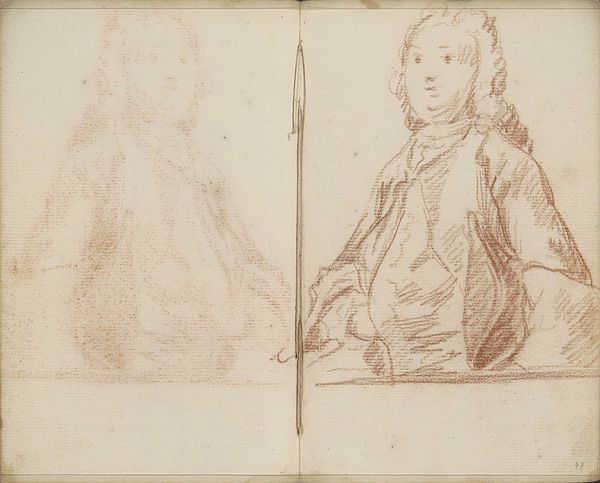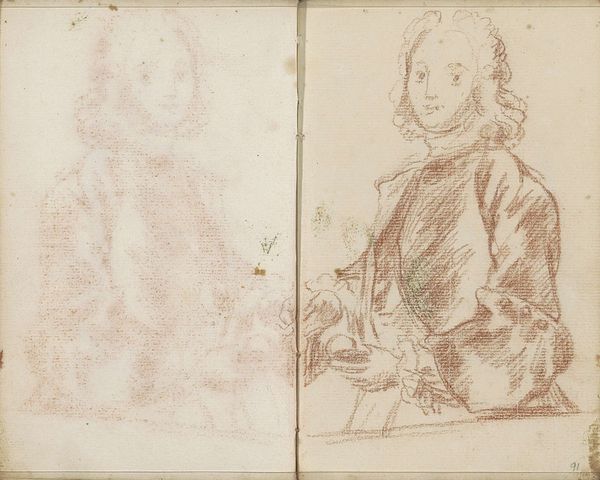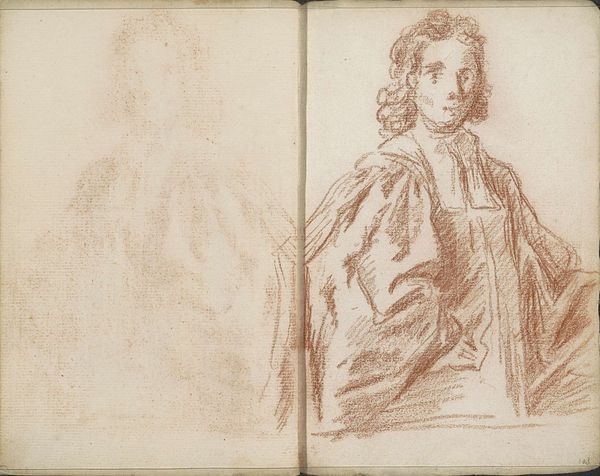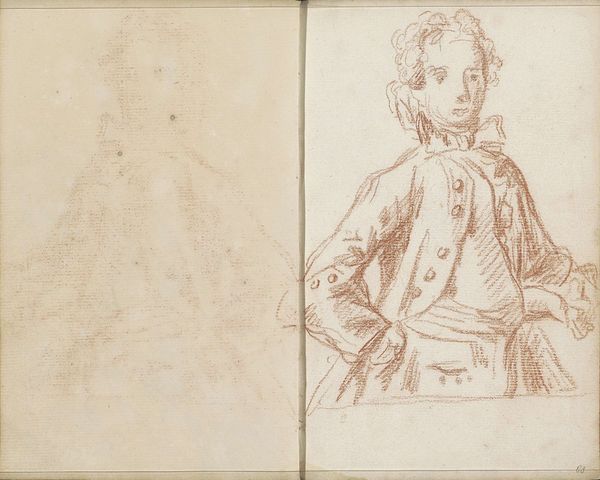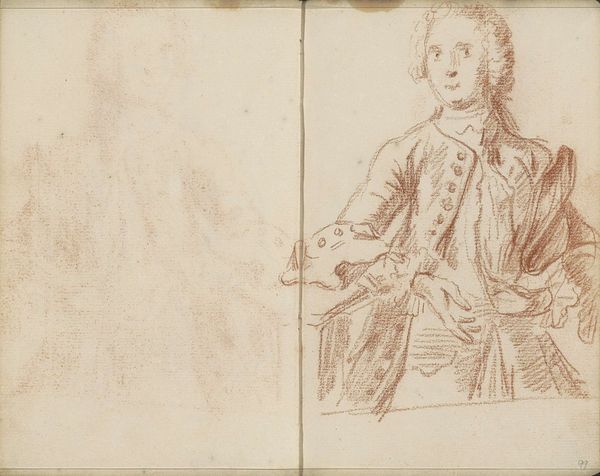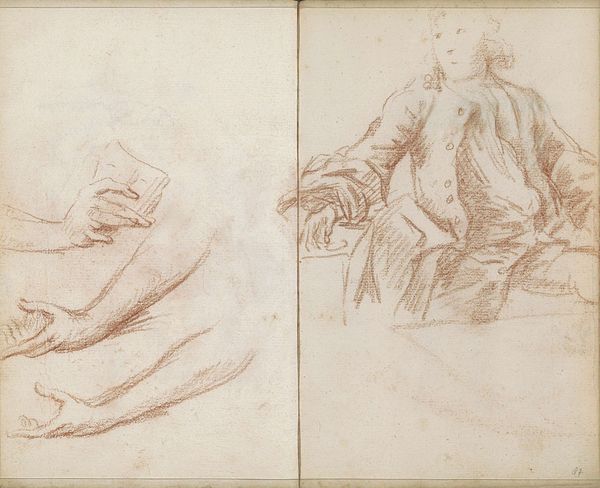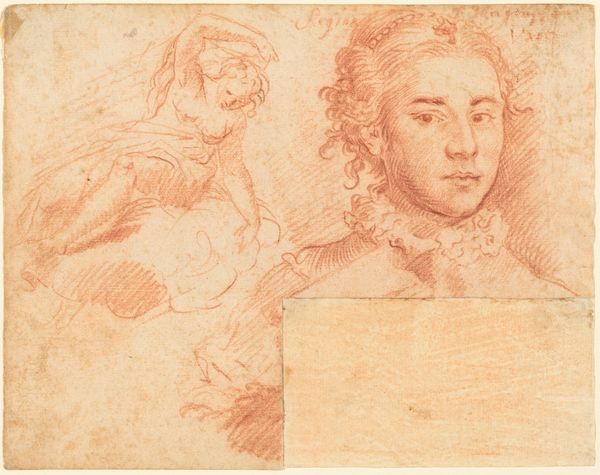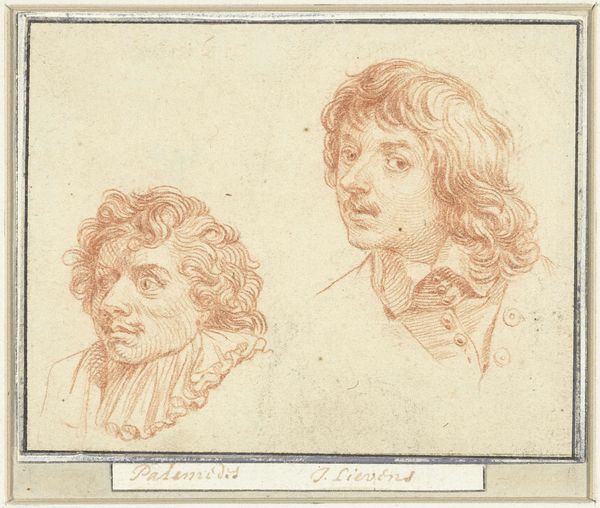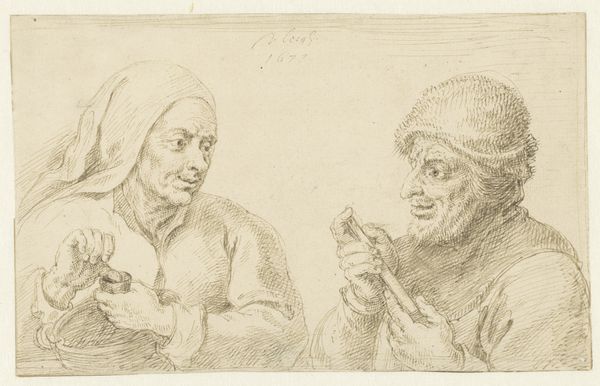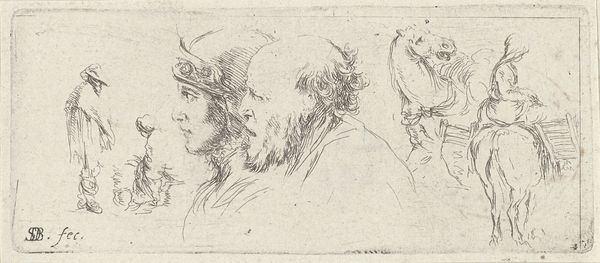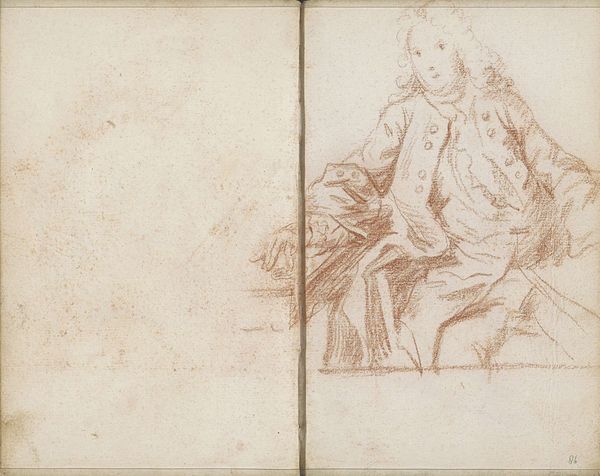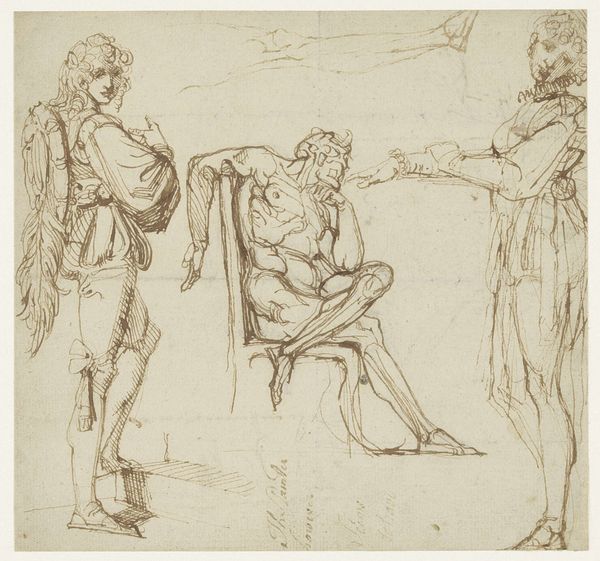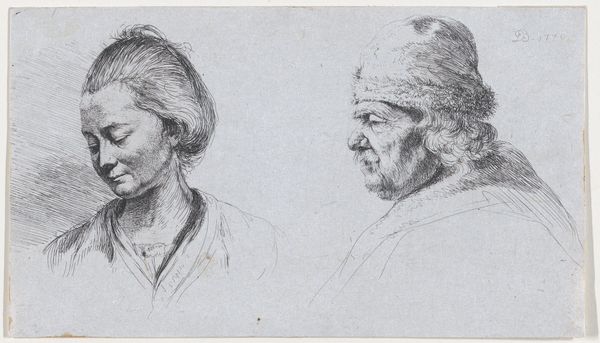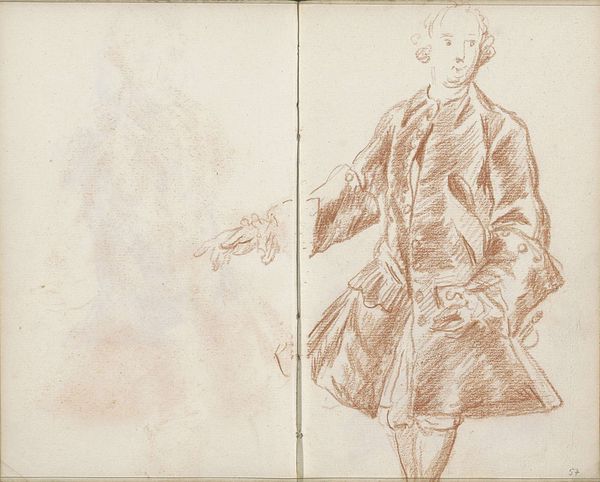
drawing, pencil
#
portrait
#
drawing
#
baroque
#
pencil sketch
#
figuration
#
pencil
#
academic-art
Copyright: Rijks Museum: Open Domain
This is a drawing of a man by Petrus Johannes van Reysschoot. Observe the subject’s direct gaze, a Renaissance technique to engage directly with the viewer, to convey confidence and self-awareness. Consider how this confident expression echoes through history. Think of Roman portrait busts, where a similar directness symbolized authority. This is not merely a superficial resemblance; it's a thread connecting different eras, each using similar visual cues to project power and status. The gaze invites not just observation but a silent dialogue, an assertion of presence across centuries. However, the gaze can be interpreted as vulnerability too. Perhaps it is a call for connection, a silent plea for understanding. Thus, the meaning shifts and evolves depending on the viewer's perspective. It's this dance of perception and context that gives images their enduring power, transforming visual symbols and engaging viewers on a deep, subconscious level.
Comments
No comments
Be the first to comment and join the conversation on the ultimate creative platform.
